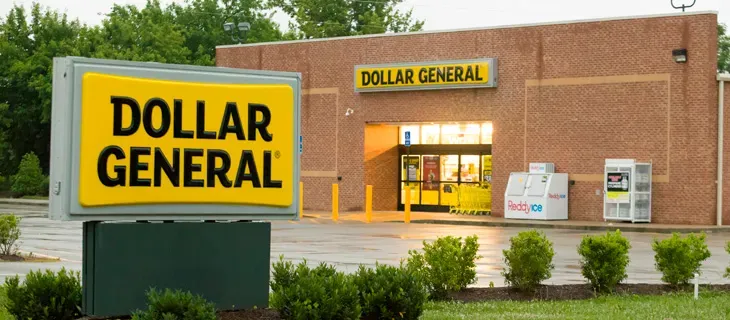The publication of a recent report that says Amazon is preparing to open its first brick-and-mortar store at a high-profile location across from the Empire State Building in New York City has triggered a good deal of discussion about what the move implies for the future of mass market retailing.
The publication of a recent report that says Amazon is preparing to open its first brick-and-mortar store at a high-profile location across from the Empire State Building in New York City has triggered a good deal of discussion about what the move implies for the future of mass market retailing.
Citing sources in the real estate and construction industries, The Wall Street Journal reported that the e-commerce company, which in just two decades has emerged as the ninth-largest retailer in the United States, will occupy a 12-story building at 7 West 34th Street. Much of the structure will be used for office space and a small-scale distribution center; the unique feature will be Amazon’s first physical store. According to the Journal, the facility will open before the holiday selling season begins in earnest.
Amazon has not commented on its plans, but the story was enough to spur speculation among retail industry observers. Some characterized the store as a platform that will allow a company synonymous with Internet retailing to engage in limited face-to-face interaction with customers, thus gaining valuable insights to accelerate the transformation it has already brought to the marketplace. Others saw it as a vindication of a more traditional approach to the retail business.
It is too early to draw conclusions about what a potential brick-and-mortar store operated by Amazon might mean. Even though the company has done more than any other retailer to establish e-commerce as a powerful force in the market, the truth of the matter is that, like everyone else, it is still finding its way in what is shaping up as an omnichannel world.
The Amazon model works well for people who know what they want and are buying products made to uniform standards — books and shelf-stable groceries, for example; it is less amenable to shoppers who would like to browse and chose among products in such categories as apparel and produce. For members of the latter group, nothing beats the experience of walking into a store and examining merchandise before making a purchase.
How mass market retailers reconcile those forces will go a long way toward determining who the top performers in the industry are going forward. Amazon’s first brick-and-mortar store, whenever and wherever it materializes, will be just one of many attempts to solve that riddle.





